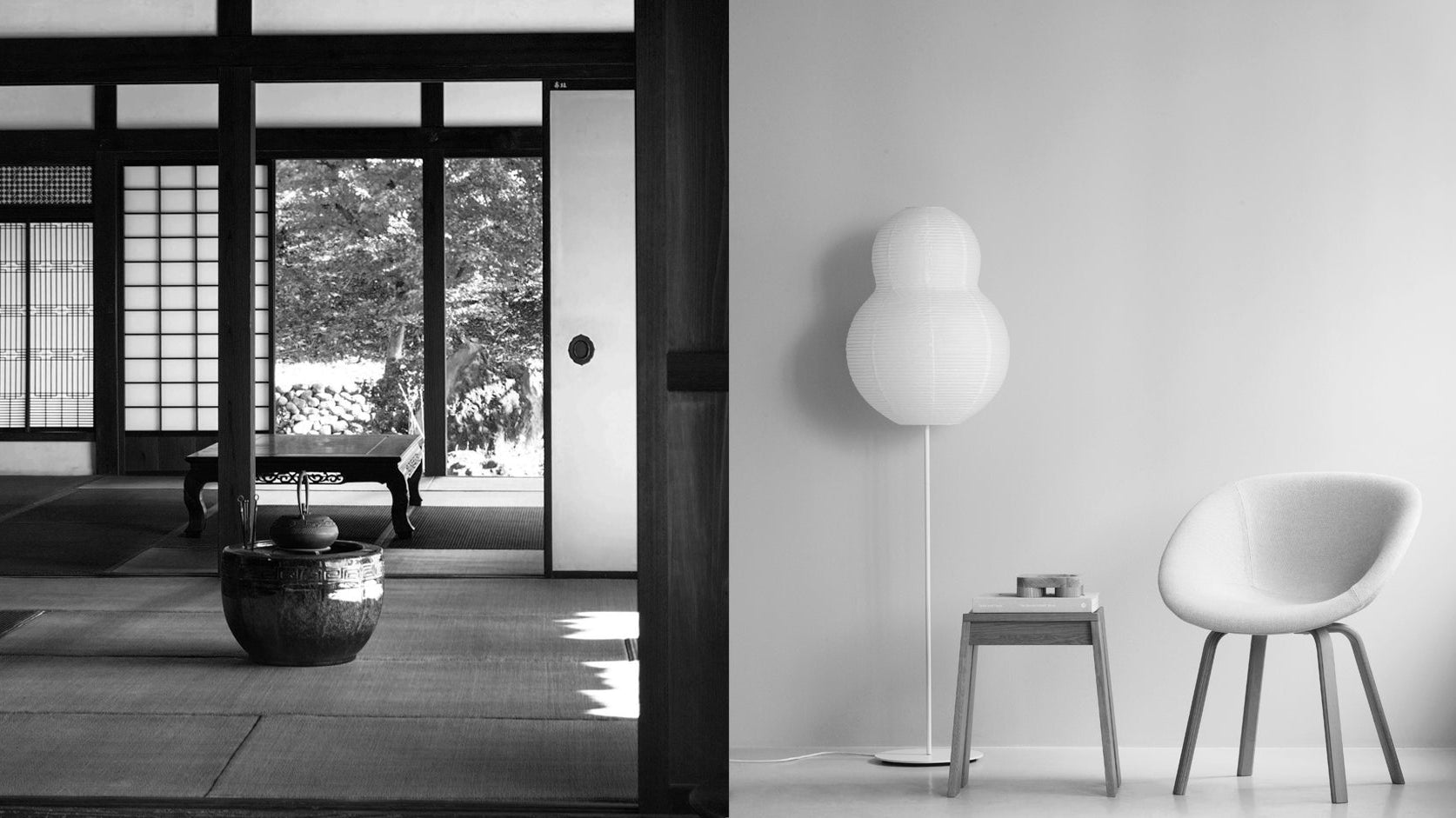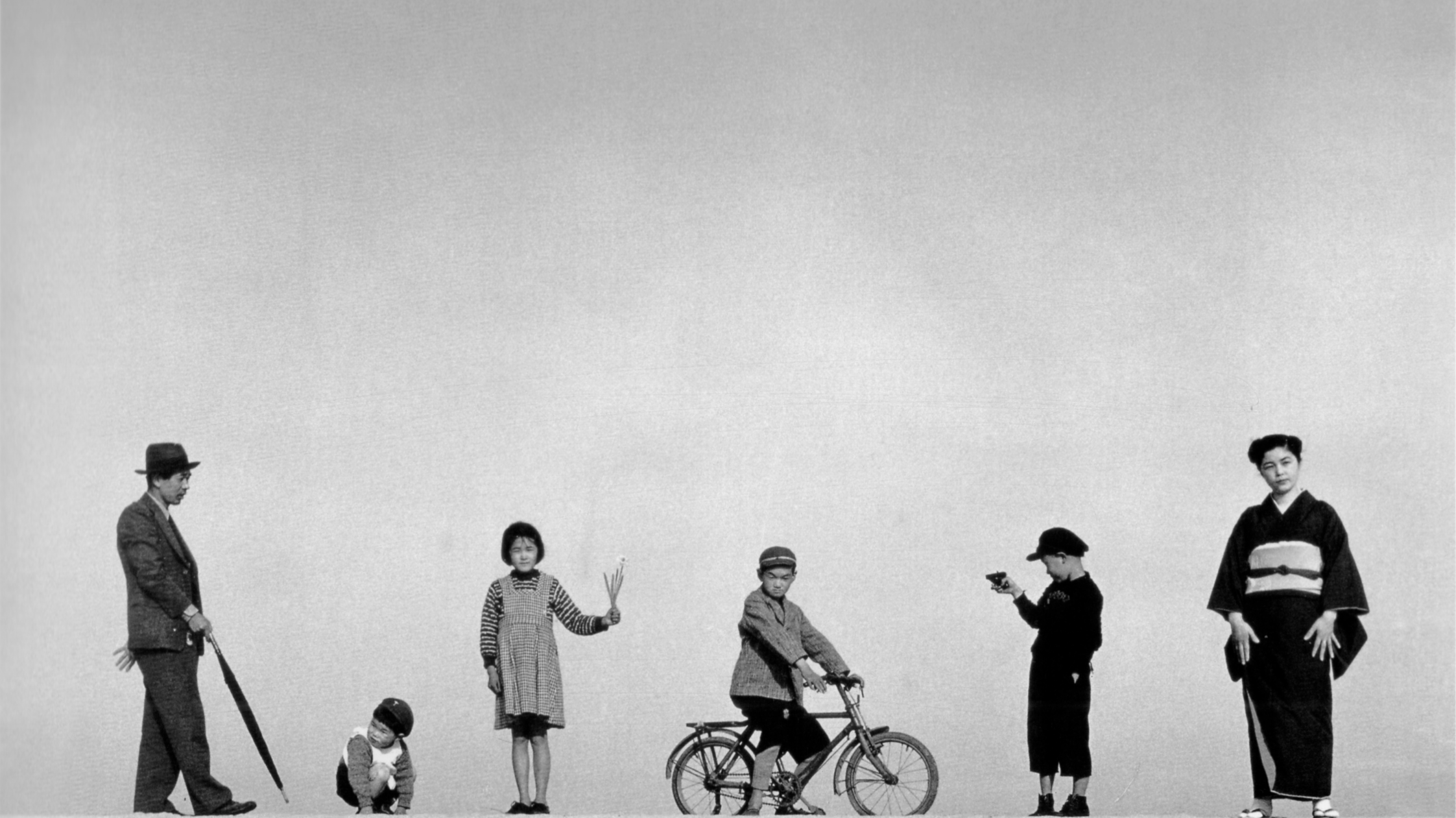Have you ever used something so simple, yet so beautiful, that it brought you a quiet sense of joy?
Beauty isn’t always found in art galleries or luxury design. Sometimes, it’s hidden in the most ordinary things—a teacup, a pair of scissors, even a dustpan.
In this article, we’ll explore how Japanese culture finds beauty in everyday objects. We’ll take a closer look at how ceramics, tools, stationery, and packaging are crafted with deep care, turning daily routines into gentle reminders of what truly matters.
Finding Beauty in Japanese Everyday Objects
In Japan, everyday objects are more than just tools. They are shaped by a deep respect for craftsmanship, simplicity, and thoughtful care.
One traditional concept that reflects this mindset is 用の美 (Yo no Bi)—the beauty of utility. This philosophy emphasizes that functionality itself can be a source of profound beauty.
The idea of yo no bi (用の美) was championed by Yanagi Soetsu, a philosopher and art critic who founded the Mingei movement. Yanagi believed that beauty wasn’t limited to fine art; it could also be found in the humble, handmade objects we use every day. He asserted that only utility gives birth to true beauty.
During Japan’s rapid industrialization in the early 20th century, Yanagi turned his attention to everyday items—handmade bowls, tools, and textiles. What moved him was not lavish decoration, but the quiet honesty and sincerity of things crafted with care.
Today, although we live in a world driven by speed and digital convenience, the spirit of yo no bi (用の美)continues to quietly live on in Japanese culture. It reminds us to find meaning and beauty in everyday life.
The Spirit of Monozukuri (物作り): Crafting with Care
One cultural value that carries this tradition forward is Monozukuri (物作り)—often translated as “making things,” but meaning much more than simple production.
Monozukuri (物作り) represents the Japanese spirit of craftsmanship:creating with deep attention to detail, dedication, pride, and humility.
Whether it’s a handcrafted ceramic bowl or a precision-made pair of scissors, monozukuri emphasizes making something not only functional, but deeply connected to human touch and feeling. It’s a philosophy that honors the process as much as the final product—valuing patience, skill, and respect for materials.

Image Credit: Pexels
The Value of Mottainai (勿体無い): Respecting Resources
Another key concept in Japanese everyday culture is Mottainai (勿体無い). This word conveys a sense of regret when something valuable is wasted—whether it’s food, time, effort, or objects that still have life left in them.
Mottainai (勿体無い) encourages a mindset of respect, gratitude, reuse, and mindful consumption. It’s not merely about being frugal; it’s about acknowledging the unseen energy, craftsmanship, and care embedded in everything we use. By appreciating resources and extending the life of objects, mottainai invites a deeper relationship between people and the material world.
A Quiet Philosophy for Modern Life
Together, yo no bi (用の美), monozukuri (物作り), and Mottainai (勿体無い) form a quiet philosophy of living—one that invites us to slow down, to honor the beauty of craftsmanship, and to find deep meaning in ordinary moments.
In appreciating Japanese everyday objects, we rediscover how simple things—a teacup, a pair of scissors, a dustpan—can bring a gentle kind of joy. Not through extravagance, but through care, thoughtfulness, and presence.
How Japanese Everyday Objects Carry Quiet Philosophy
These values—yo no bi (用の美), monozukuri (物作り), and mottainai (勿体無い)—are not just abstract ideas. They live quietly within the everyday objects we use: small, familiar items we might overlook, yet each one reflects a deep respect for craftsmanship, simplicity, and thoughtful design.
From the curve of a teacup to the weight of a pair of scissors, these objects embody a quiet philosophy through the way they are made and the way they are used.
Let’s take a closer look at some of these objects, and see how Japanese everyday craftsmanship transforms simple items into meaningful companions in daily life.

Image Credit: Pexels
Ceramics: Beauty Shaped by Human Hands
At first glance, a ceramic piece may seem ordinary. But when you look closely, you’ll notice the slight irregularities—the curve that isn’t perfectly symmetrical, the glaze that pools unevenly and shifts gently under the light.
These are not flaws. They are traces of the maker’s hand—signs that the object was shaped with care, not just precision.
You can almost feel the presence of the person who formed it: the way the clay yields to the hand, the way the glaze was brushed on with quiet intention. Each piece becomes a lasting imprint of human touch, preserved in form.
Across Japan, a rich and diverse world of ceramics has emerged, shaped by regional techniques and long-standing traditions. From Shigaraki to Mashiko, these traditions celebrate the subtle beauty of craftsmanship rooted in daily life.
These ceramic pieces are not merely works of art to admire from afar. They are meant to be held, used, and woven into the rhythms of everyday living. More than objects, they bring refinement, texture, and a quiet presence to ordinary moments.
One artist who embodied this quiet philosophy was Kawai Kanjirō, a potter and poet from Kyoto. Kawai deeply respected the dignity of simplicity, and he collected the work of humble craftspeople from across Asia.
He declined all official honors and refused to sign his pieces, believing that the true essence of the work should speak for itself. As he once said: "When you become so absorbed in your work that beauty flows naturally, then your work truly becomes a work of art."
Kawai’s ceramics show us that beauty does not need to be forced or exaggerated. It can emerge naturally—through honest work, thoughtful hands, and a deep connection between the maker and the object.
Handmade Tools: Quiet Care in Daily Life
Beyond ceramics, the same quiet care can be found in everyday tools—a pair of scissors, a kitchen knife, or a broom resting by the door.
At first glance, these items may seem purely utilitarian, designed simply to perform a task. But in Japan, even the most practical tools are often made with a level of craftsmanship that goes far beyond basic function.
The forms are simple. The materials are honest. Every curve, joint, and edge is shaped to feel just right in the hand, creating a seamless extension between object and user.
This is where the spirit of monozukuri—the Japanese philosophy of dedicated craftsmanship—comes through most clearly. It is not just about making things; it is about making them well, with deep dedication, humility, and a quiet pride in the work itself.
At Fukami Sangyo in Kainan City, this tradition is still alive. Every product—whether a brush, rope, or broom—is handcrafted with meticulous care and attention to detail. The artisans specialize in weaving cordage from shuro palm fibers, a coarse, irregular material that demands the skilled hands of experienced craftspeople.
According to the makers, tightly weaving the rope and faithfully repeating each step of the process are essential. Nothing is overlooked. Each finished piece carries the rhythm of the maker’s hands, and the warmth and authenticity of a tradition passed down through generations.
Much like a ceramic cup, these tools form a quiet relationship with their user. The more they are used, the more they adapt to your movements—responding to the way your hand grips, the pressure you apply, the rhythm of your work.
Over time, they become familiar, dependable, and quietly present. They do not simply help you complete tasks—they add a gentle kind of meaning to the fabric of daily life.
Stationery: An Extension of Thought and Creativity
When was the last time you wrote something by hand? Even the simple act of picking up a pen can carry a quiet sense of presence—a moment where the mind and hand move together with calm intention.
In Japan, even stationery is designed with extraordinary care. Not just to function, but to support how we think, write, and create. Every page, every line, and every material choice is deliberate.
Whether it’s the softness of the paper, the perfect weight of a pen, or the effortless way a notebook opens flat on a desk, the purpose is the same: to make the writing experience feel calm, satisfying, and intuitive.
These tools are crafted not only for utility, but to feel good in the hand—shaping the way we engage with our thoughts, gently and without distraction.
A place where this philosophy comes beautifully to life is Kakimori, a small stationery shop in Tokyo. Founded on a simple idea—to reconnect people through the act of handwriting in an increasingly digital world—Kakimori has become a beloved destination for those who cherish the tangible beauty of writing.
One of Kakimori’s most popular offerings is their made-to-order notebook, where customers can choose every detail—from the type of paper to the cover material and binding—creating a writing tool that feels entirely personal and meaningful.
Beyond notebooks, Kakimori also offers a full spectrum of custom-mixed ink colors. With guidance from the knowledgeable staff and a collection of color charts, visitors can mix their own hues, test them on fine paper, and discover unexpected shades that make writing a joyful and expressive experience.
In this way, Japanese stationery becomes far more than a tool. It becomes an extension of thought, a quiet companion to creativity, inviting us to slow down, reflect, and reconnect with the simple pleasure of putting words onto paper.
Packaging: Wrapping with Care and Meaning
Just as a notebook holds our thoughts, even packaging can hold meaning. In Japan, packaging is seen as more than just a way to wrap something. It is considered an extension of the object itself, a reflection of care, thoughtfulness, and deep respect for the person receiving it.
Whether it’s a simple box of sweets, a bento lunch, or a carefully crafted gift, the way an item is wrapped truly matters. It’s not only about making things look beautiful; it’s about showing that time, attention, and respect have been devoted to the offering.
This meticulous attention to detail traces back to traditional practices such as furoshiki—the art of wrapping with cloth. Furoshiki is not only elegant and reusable; it transforms packaging into something fluid, adaptable, and deeply personal. With a simple square of fabric, bottles, boxes, and even irregularly shaped objects can be wrapped in ways that are both functional and graceful.
In everyday life, this same spirit reveals itself in the smallest gestures: a bakery’s paper bag tied just right, an envelope sealed with care, the crisp, precise folds of a product box. There is a quiet belief that how something is presented reflects how much it is valued.
Another important concept within Japanese packaging culture is mottainai—the awareness of waste and a profound respect for resources. This is why functionality and sustainability are valued just as highly as appearance.
For example, many premium wagashi (traditional Japanese sweets) are packaged in boxes designed for reuse—not just for storing food, but for giving the materials a second life. It is a design philosophy that blends practicality with mindfulness, honoring both the object and the environment.
In the end, Japanese packaging culture offers a quiet but powerful lesson: that the way we present and preserve things is itself an expression of care—toward the item, and toward the person who receives it.
Read More Design Articles:
• Kintsugi: Finding Beauty in the Art of Repair
• 8 Japanese Aesthetics That Might Change How You See Beauty
• What is Wabi Sabi? Embracing the Beauty of Imperfection
• Ma: The Japanese Aesthetic of Negative Space and Time
About Us
Dans Le Gris is a brand that began with everyday jewelry, with each handmade piece designed and crafted in Taiwan. We deeply value every detail, dedicating ourselves to creating timeless pieces through collaboration with experienced craftsmen.
In our journal, we provide irregular updates featuring articles about art, culture, and design. Our curated content encompasses diverse aspects of life, with the aspiration to offer meaningful insights and inspiration.
Shop Now
↪ Follow us for more updates: YouTube | Instagram






